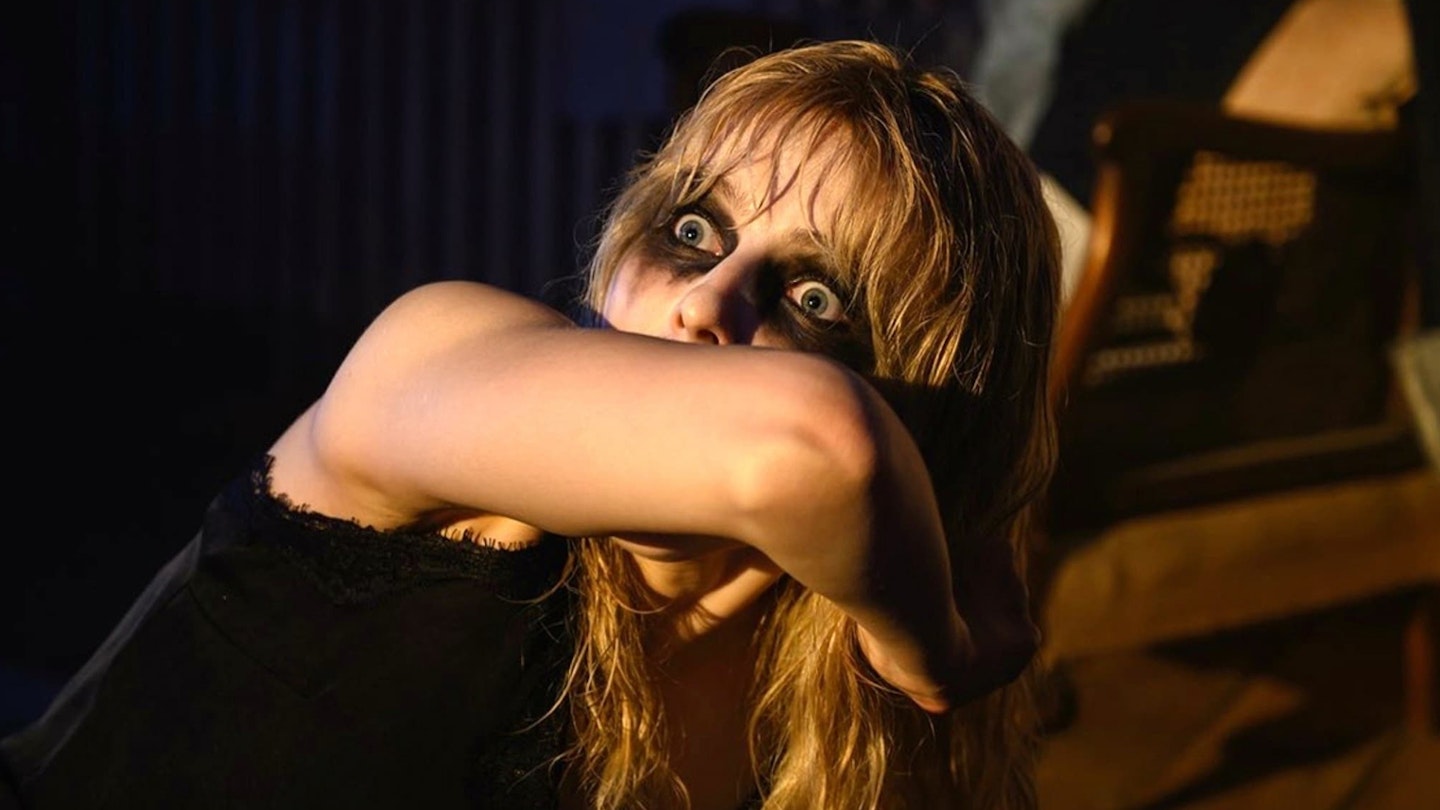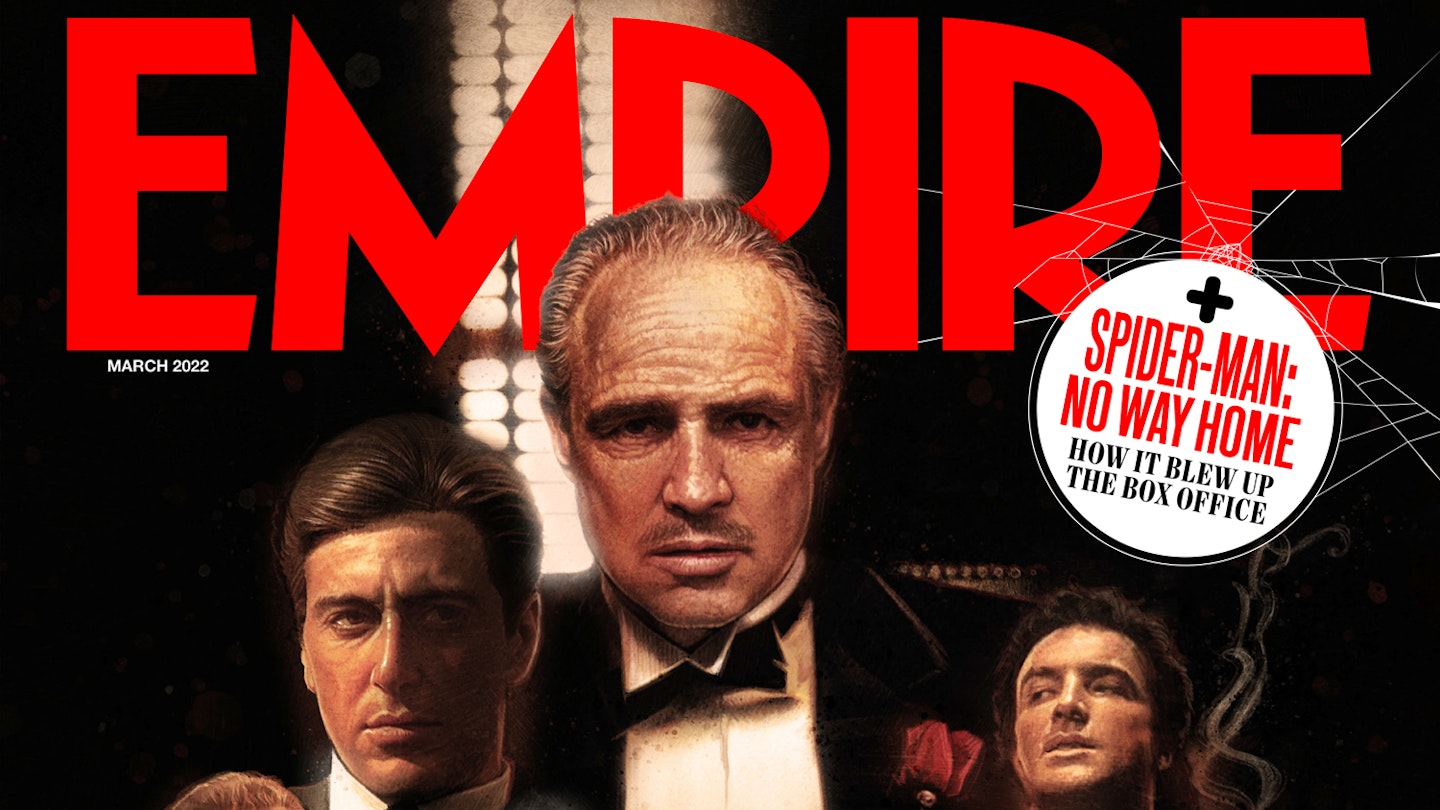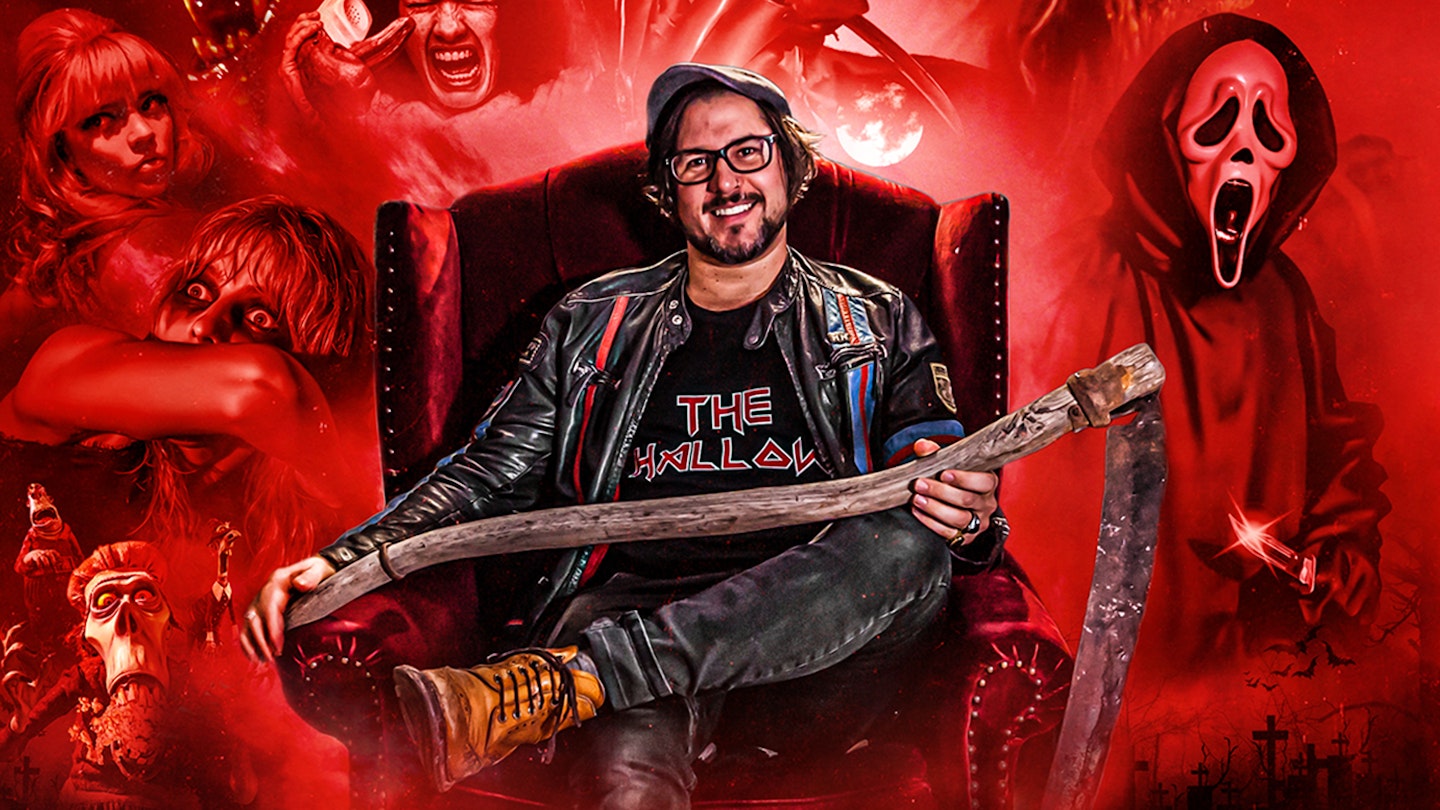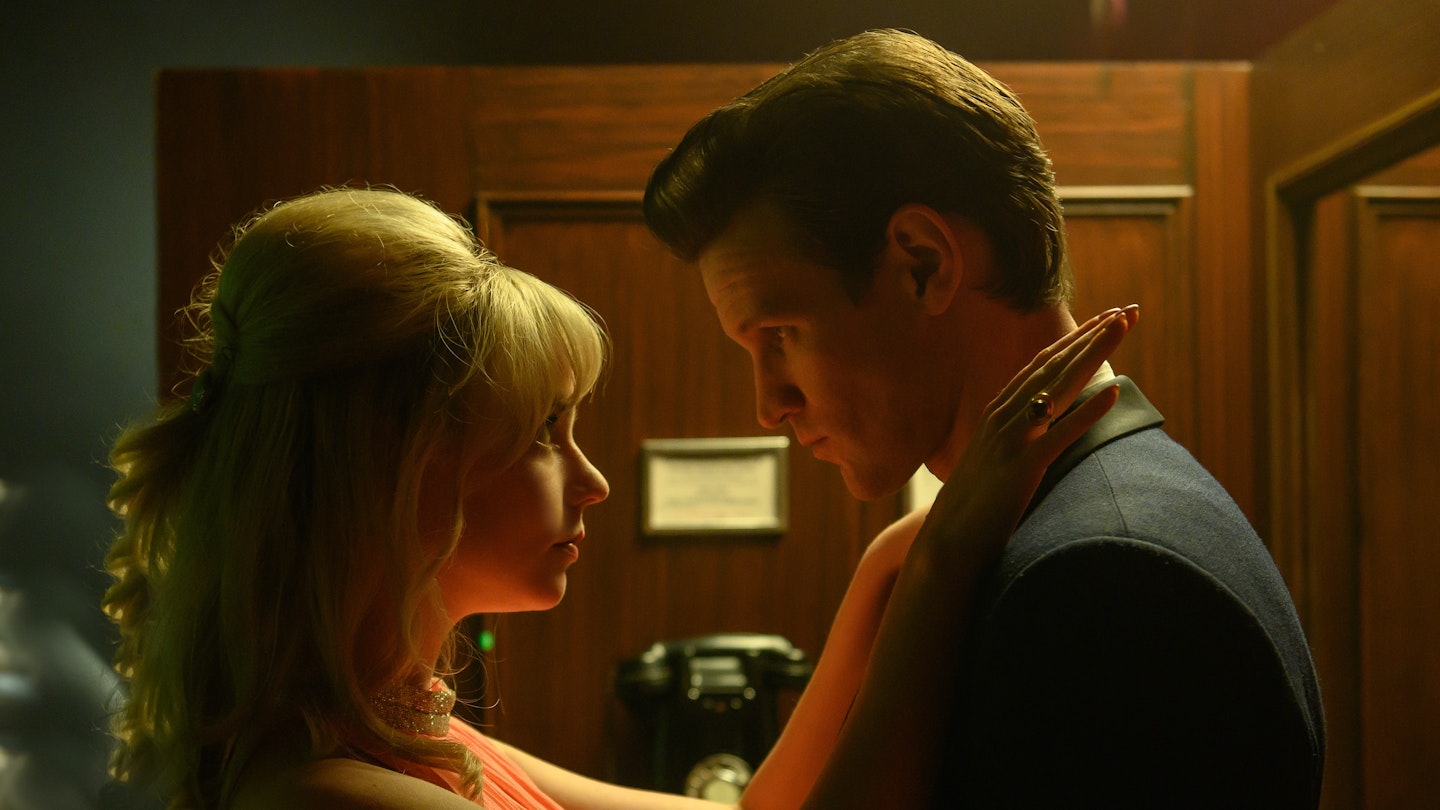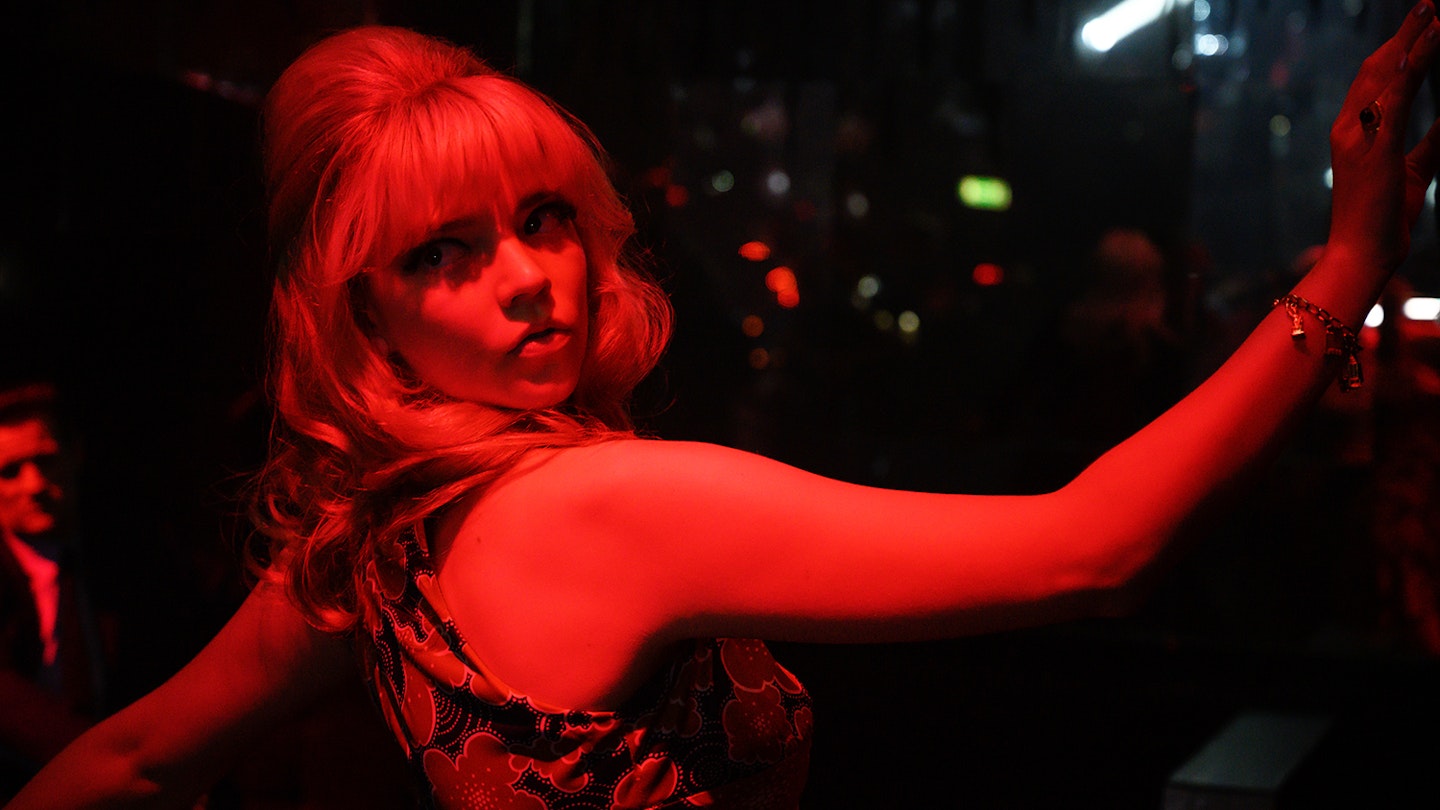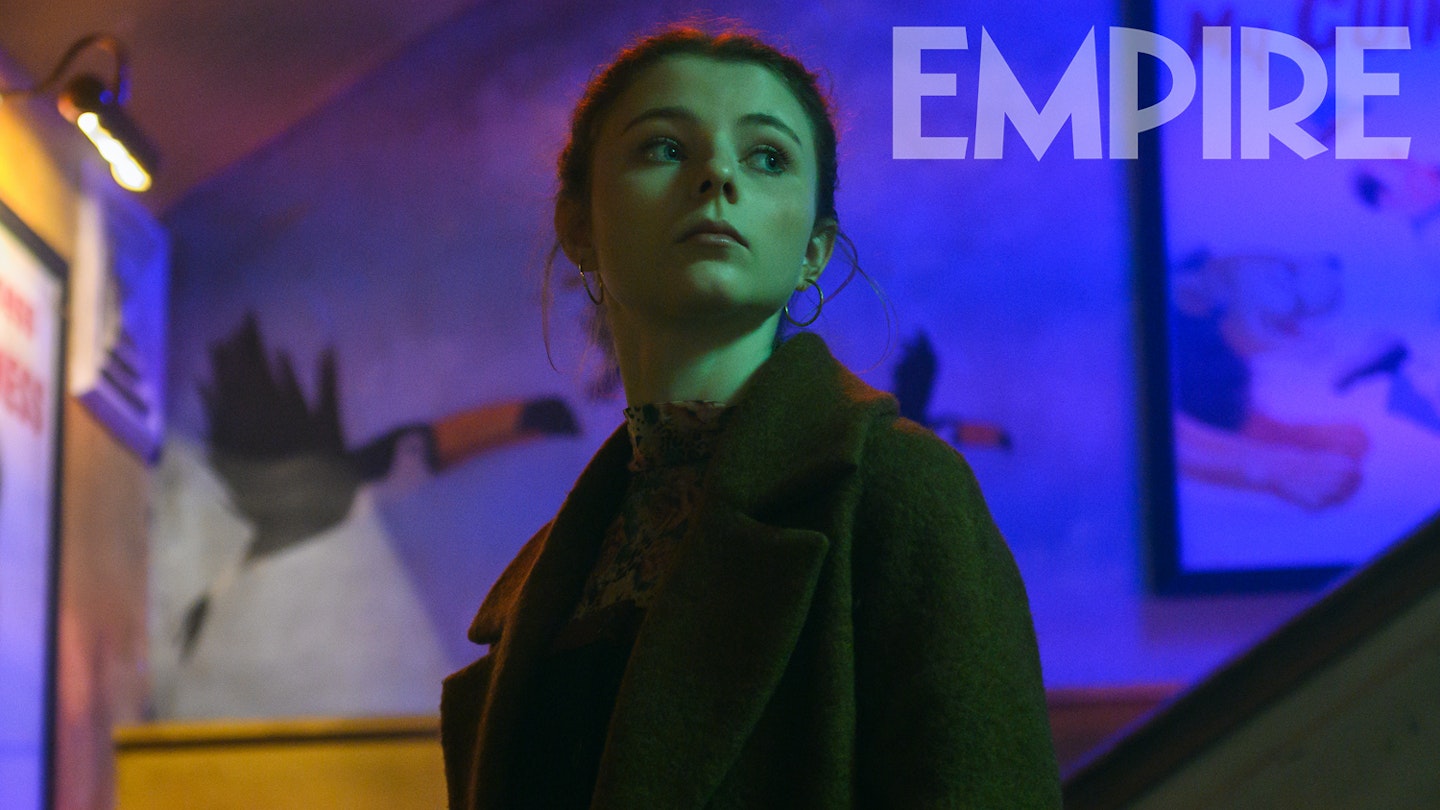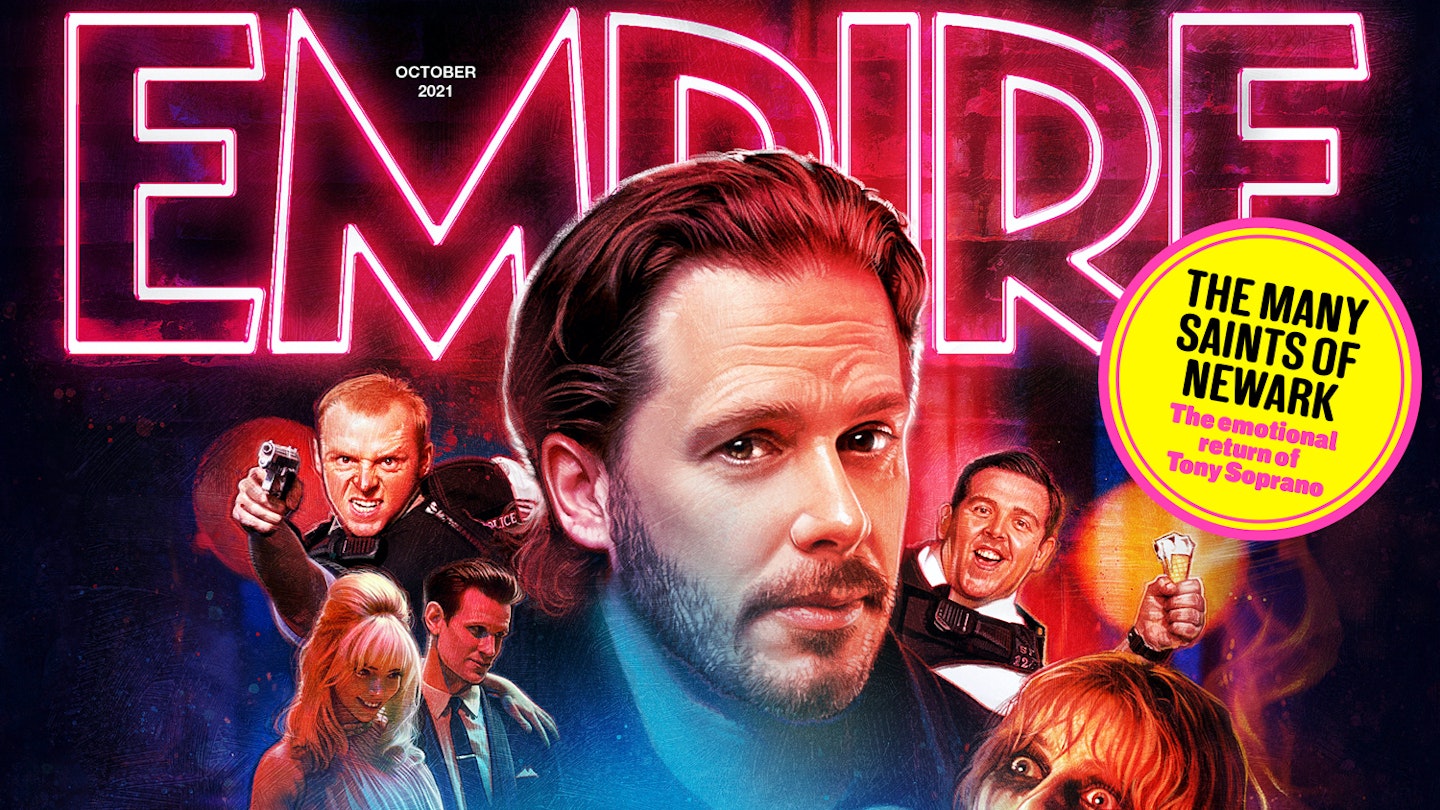Edgar Wright is a master of turning an ordinary setting into something unexpected. An average London pub becomes a fort during a zombie apocalypse in Shaun Of The Dead. A sleepy West Country village plays host to violent murders in Hot Fuzz, and in Baby Driver, the sun-baked back streets of Atlanta become a playground for high-speed heists.
For Last Night In Soho, Wright transforms London into a ghost town, although it’s not the streets that are haunted, but rather the women who walk them. His first film to be told from a female perspective, aided by co-writer Krysty Wilson-Cairns, who previously penned the emotionally rich screenplay for 1917, Wright splits the city in two, between fashion designer Eloise’s (Thomasin McKenzie) present day, and aspiring singer Sandy’s (Anya Taylor-Joy) increasingly murky past in glamorous-on-top-seedy-underneath 1960s Soho, which Eloise witnesses while sleeping.
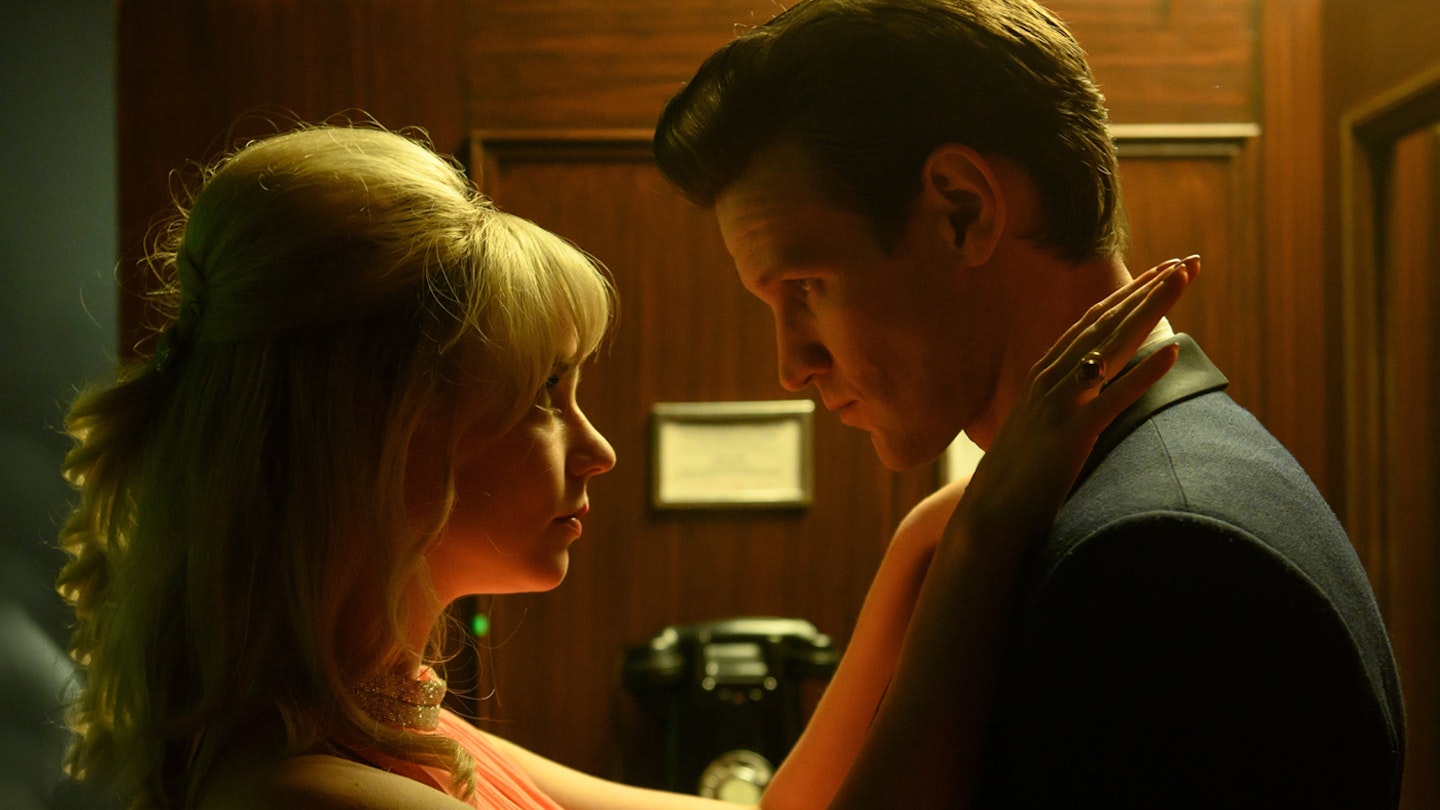
The young designer is a fanatic of the era; she idolises Twiggy, Audrey Hepburn and the artists whose timeless vocals are pressed onto her records. Her love of vintage fashion, paired with her burgeoning talent, has led her to London, where her country roots and homemade clothes make her an outsider to her more polished peers. Their spiteful spurning drives her to a bedsit just north of Soho run by Miss Collins (Diana Rigg, in her final onscreen appearance), where her spiritual relationship with Sandy begins.
The film has struck gold in the casting of its twin leads. Taylor-Joy, whose Golden Age screen presence was the defining win of The Queen’s Gambit, continues to captivate with her set stare and hypnotic poise, bolstered by thick false eyelashes and chiffon. Her room-stopping showmanship is matched, however, by McKenzie’s wide-eyed spectator, whose guilt and grief over her dead mother, who she lost to suicide at seven, draw her protectively to her unaware new friend.
The film is at its strongest when laser-focused on horror. The monsters that infiltrate Eloise’s world summon fresh visceral terror.
At first Eloise is as infatuated with Sandy’s life as she is with those of her other ’60s faves. Her first nocturnal encounter shows the talented chanteuse meeting Matt Smith’s louche talent manager Jack and falling for his honey-tongued promises, while around them, Wright lovingly explores his own fandom of the era through the plush, mirrored interiors and a gargantuan, brightly lit marquee for Thunderball.
Eloise wakes to find a souvenir love bite to match Sandy’s, though as she’s drawn further into her world, tailing her new idol as Jack turns increasingly nasty, the marks become more psychological and the film pivots fully towards a more conventional horror. This feels like a pointed departure for Wright. A few of his directorial calling cards linger effectively — the lightning-quick editing, the loaded needle drops — but this is certainly his least comedic film to date, the spare use of humour never undercutting the chilling premise.
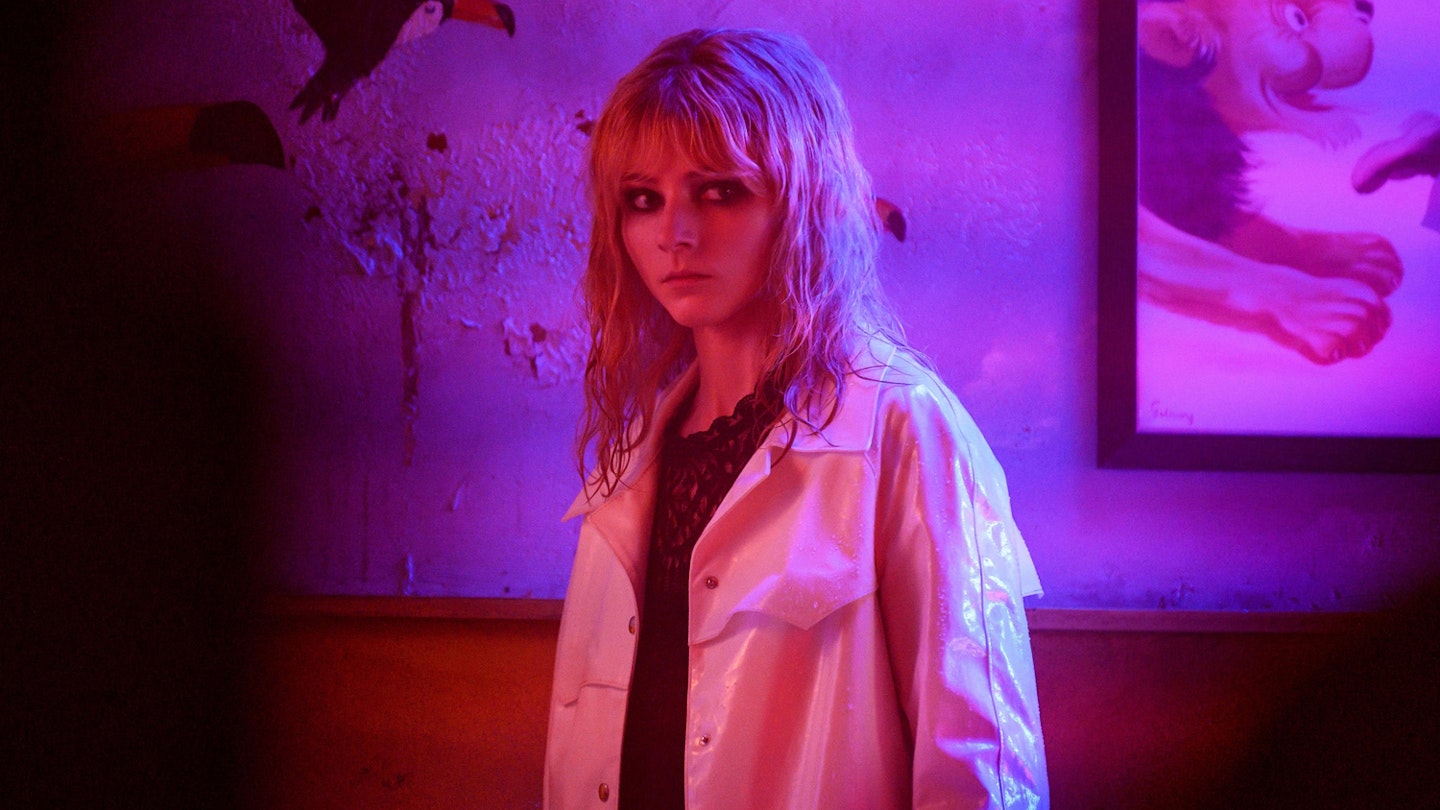
Instead, Wright and Wilson-Cairns lean into concept and genre to push a hard message about intergenerational male violence. Across a macabre spectrum of trauma that ranges from the casually framed threats of a present-day cab driver to the cyclical torment that comes with Sandy’s nightclub career, the two women are pushed to heightened extremes.
Some of the underlying fabric is patchy; commentary on mental health and the industry in which Sandy works is thin, and Michael Ajao’s John, injected into Eloise’s life to show that not all men are heinous brutes, is little more than a narrative trope. The film is at its strongest when laser-focused on horror. Some of its more ambitious scares pay homage to other filmmakers, but the design and physicality of the monsters that infiltrate Eloise’s world summon fresh visceral terror. Park Chan-Wook’s regular cinematographer, Chung Chung-hoon, enhances Wright’s visions of the past and present, finding cinematic dread in everything, from the gauche, neon lights that bleed into Eloise’s room to the chandelier-lit mirrors that feature in some of the most sophisticated sequences not only in the film but the director’s body of work.
Wright’s ambition has always been his most commendable asset, and here, with his back turned to the buddy comedies of his past, is where it burns brightest, bringing a propulsive energy to this uncharted new territory. Last Night In Soho is indeed a departure for the filmmaker, but one that could pave the way for even more compelling, risk-taking work to come.
